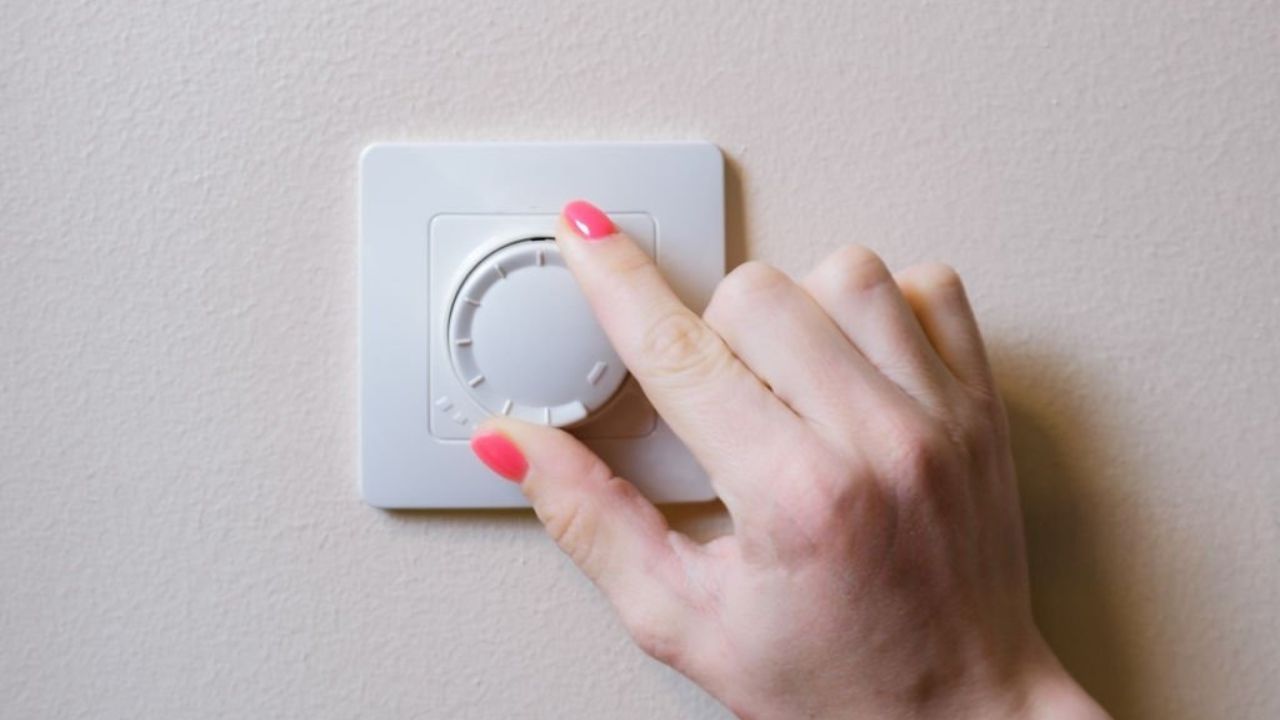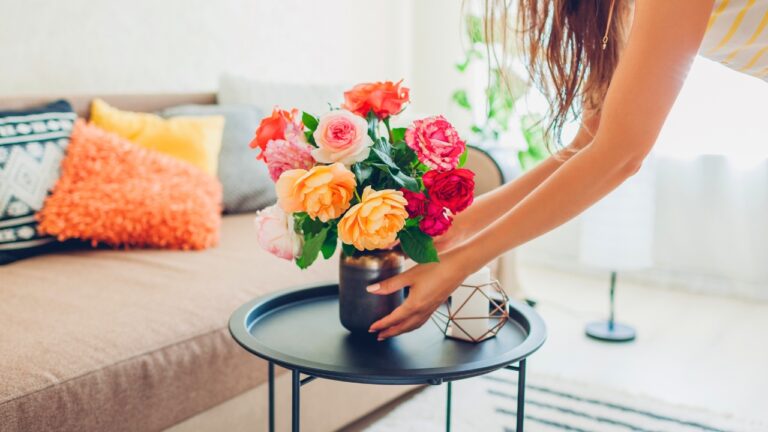Lighting swaps that lift a room after daylight hours
When the sun drops, most rooms rely on one overhead and call it done. That’s why evenings can feel flat or a little dreary. The fix is layering—different sources at different heights—with bulbs that flatter your finishes and skin tones. Think warm, dimmable, and aimed where life actually happens.
Build three layers: overhead, task, and glow

Keep the ceiling light, but add a floor lamp near seating and a table lamp on a console or side table. Those pools of light create depth and make faces look alive.
For kitchens and desks, add a plug-in sconce or under-cabinet puck lights. When task zones glow and corners stay soft, the whole room feels more intentional.
Choose warmer bulbs and keep them consistent

Stick to 2700–3000K LEDs for living spaces. Warmer light relaxes the eye and flatters wood, paint, and people.
Match color temperature across fixtures so the room doesn’t stripe from cool to warm. Consistency is half the secret to that magazine-photo calm.
Add dimmers where it counts

A basic plug-in dimmer for table and floor lamps lets you tune the room for movie night or late dishes. It’s inexpensive and makes every fixture feel higher-end.
For overheads, swap to a wall dimmer compatible with your bulbs. Low-and-glowy beats bright-and-harsh after dinner.
Aim light at walls, not just down

Wall washing makes rooms feel larger after dark. A floor lamp that throws light upward or a sconce that casts a halo softens edges and lifts the ceiling visually.
If your art looks dull at night, add a picture light or a small accent spotlight. Lighting something you love makes the whole room feel finished.
Use shades that soften, not strangle

Opaque shades trap light; linen or paper diffusers throw a pleasant, even glow. If a lamp feels dim, try a lighter shade or a larger diameter before buying a brighter bulb.
Check that the bulb sits midway in the shade so you don’t see glare from the top or bottom. Tiny adjustments matter after dark.
Place lights where people actually sit

A reading chair without its own lamp won’t get used after 5 p.m. Park a floor lamp just behind the chair arm so the beam falls over your shoulder.
At the sofa, a pair of table lamps beats one lonely lamp on the end. Balanced light keeps everyone comfortable and eliminates that cave-like corner.
Tuck LEDs under shelves and cabinets

Adhesive LED strips or pucks add a subtle bar of light along a bookcase or kitchen run. At night, they become your “night lights” and keep the room from going black.
Choose high-CRI strips if you can; colors look truer and wood reads richer. Even a single shelf glow can change the whole mood.
Use smart plugs for “on at dusk”

Set a couple of lamps to turn on automatically around sunset. Walking into a pre-lit room takes the edge off busy evenings and makes winter feel kinder.
If you don’t want apps, simple outlet timers do the same job. Consistent routines are what make lighting feel like part of the house, not an afterthought.
Don’t forget the entry and hallway

A tiny lamp on an entry console or a sconce in a hallway keeps transitions warm and safe. These are the paths you use most after dark.
Match the warmth of your main room so the house reads as one story. When every step feels considered, nights at home feel calmer—no renovation required.
Like Fix It Homestead’s content? Be sure to follow us.
Here’s more from us:
10 things that make your house feel less welcoming without saying a word
10 Upgrades That Make Your House Look Fancier Than Your Neighbor’s
*This article was developed with AI-powered tools and has been carefully reviewed by our editors.







